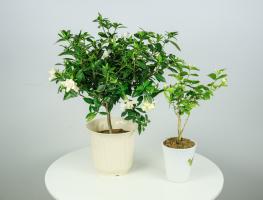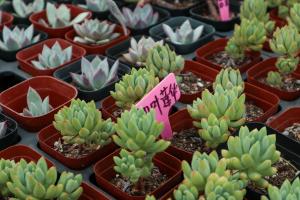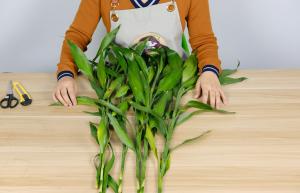How to Identify Strange Growths Under Trees and Outdoor Plants
Keeping trees and outdoor plants healthy is important for a beautiful garden or landscape. Sometimes, you may notice strange growths or patches under your plants that you may not be familiar with. These growths can have a negative impact on the growth and health of your plants, so it’s important to identify them and take appropriate action. Here are some tips on how to identify strange growths under trees and outdoor plants.
Types of Strange Growths
There are several types of strange growths that you might notice under trees and outdoor plants. These can include:
Fungi: Mushrooms and other fungi can grow under and around trees and plants. They can be various colors, shapes, and sizes.
Moss: A green, fuzzy plant that grows in dense patches under shaded trees and in other moist areas.
Lichen: A composite organism that grows on rocks, trees, or soil. It appears as a crust-like or leafy growth and can be green, gray, or yellow.
Slime molds: A slimy, brightly-colored organism that often grows in clusters.
Assessing the Damage
Once you have identified a strange growth, it is important to assess the damage it is causing to your plants. Some growths may be benign, while others may be harmful or even lethal to your trees and plants. Look for signs of browning or yellowing leaves, stunted growth, and overall poor plant health. If these symptoms are present, it is important to take action to prevent further damage.
Prevention and Treatment
The best way to prevent strange growths under your trees and outdoor plants is to ensure that they are enjoying optimal growing conditions. This includes providing adequate water and nutrients, planting in well-draining soil, and pruning as necessary. If you notice any of the above mentioned types of strange growths, it is important to consult with a professional landscaper or horticulturist to determine the best course of treatment. In some cases, the growths may need to be removed, while in others, an anti-fungal spray or other treatment may be recommended.
In conclusion, identifying strange growths under trees and outdoor plants requires a keen eye and some knowledge of the types of growths that may occur. Once identified, it is important to assess the damage and take appropriate action to prevent further damage. By providing optimal growing conditions and seeking professional assistance when necessary, you can keep your garden and landscape healthy and beautiful for years to come.

 how many times do yo...
how many times do yo... how many planted tre...
how many planted tre... how many pine trees ...
how many pine trees ... how many pecan trees...
how many pecan trees... how many plants comp...
how many plants comp... how many plants can ...
how many plants can ... how many plants and ...
how many plants and ... how many pepper plan...
how many pepper plan...































